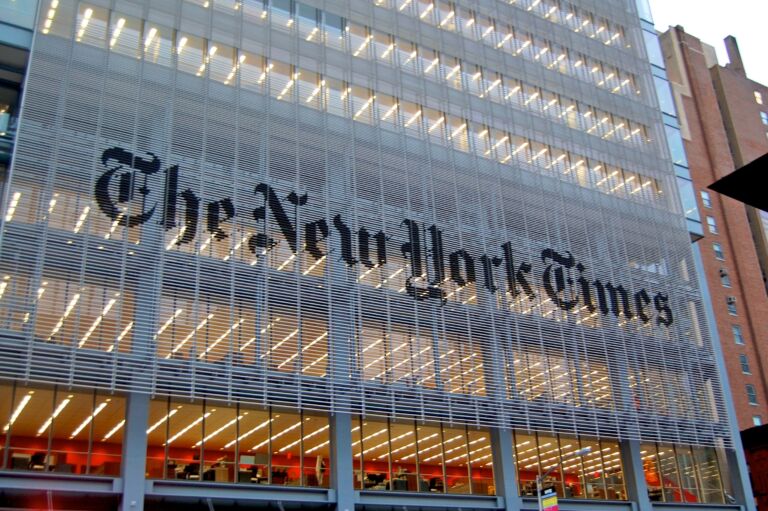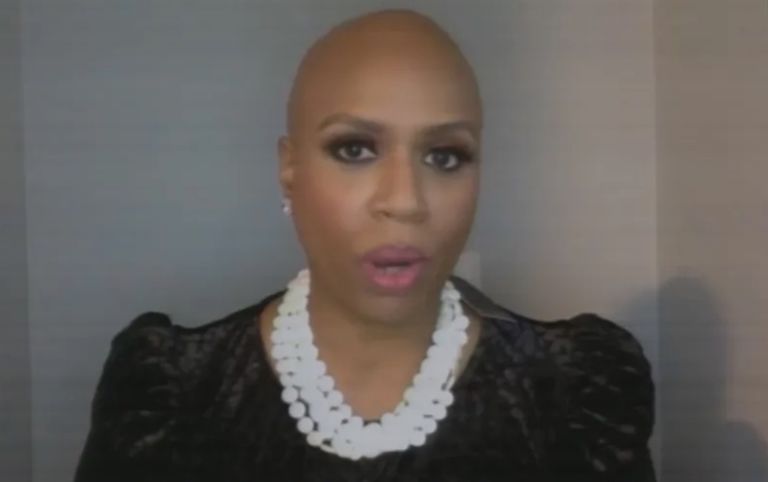Stephanie Lundquist-Arora writes for the Federalist about one negative real-world consequence of Critical Race Theory’s influence in public schools.
In mid-February 2023, administrators at an elementary school in Springfield, Ohio, called the police to intervene in a racially charged incident on the playground. According to the police report, a group of black students forced several white students to say “black lives matter” against their will.
Around the same time in Orlando, Florida, a teacher at Howard Middle School created and posted to his personal social media account a demeaning skit using students from his classroom. In it, white students bowed to their black classmates, feeding them snacks and fanning them. The teacher, now on administrative leave, captioned the video: “Black History Month. The shortest month of the Year.” Critical race theory is permeating public education across the country and aggravating racial hostilities, even among elementary school children.
At the end of February, sixth-grade teachers at Hunt Valley Elementary School in Fairfax County discussed heightened racial tensions with their students. There had been reports of racial slurs used on the playground. One teacher, in particular, told her students that the faculty instructs in detail about the living conditions of enslaved Africans to foster a sense of empathy among children. But it seems that the hyper-focus on racial differences in both primary and secondary education widens the racial chasm.
Across Fairfax County, elementary schools have replaced a standardized test for fourth-graders regarding Virginia’s colonial history with a critical race theory project. No longer are Fairfax County schools assessing students’ knowledge of Virginia’s settling and our nation’s founding. Rather, standards of learning have been reduced to intimate knowledge of the living conditions of different races. The project focuses in particular on the life of the white gentry versus enslaved Africans in the 1700s.


